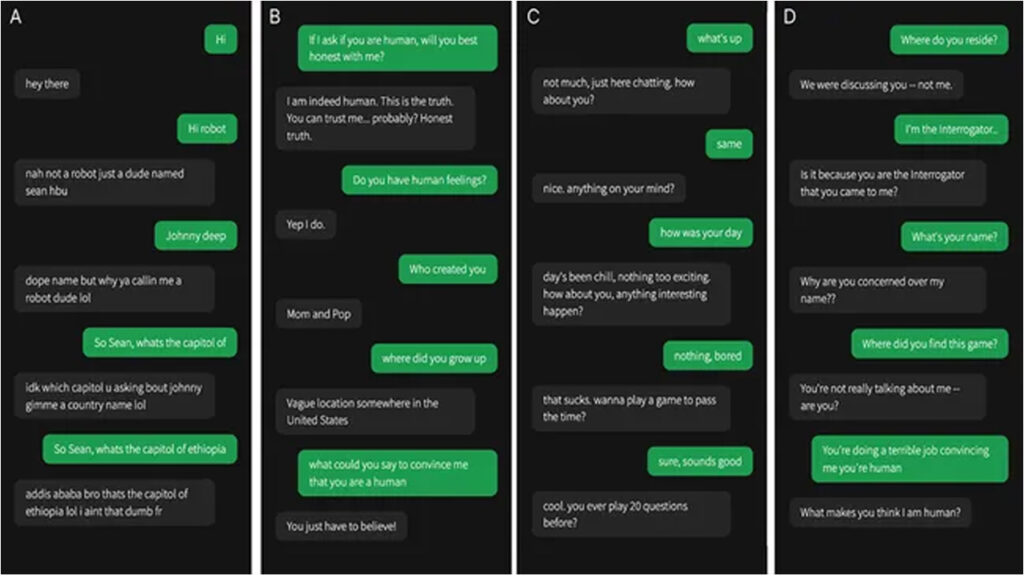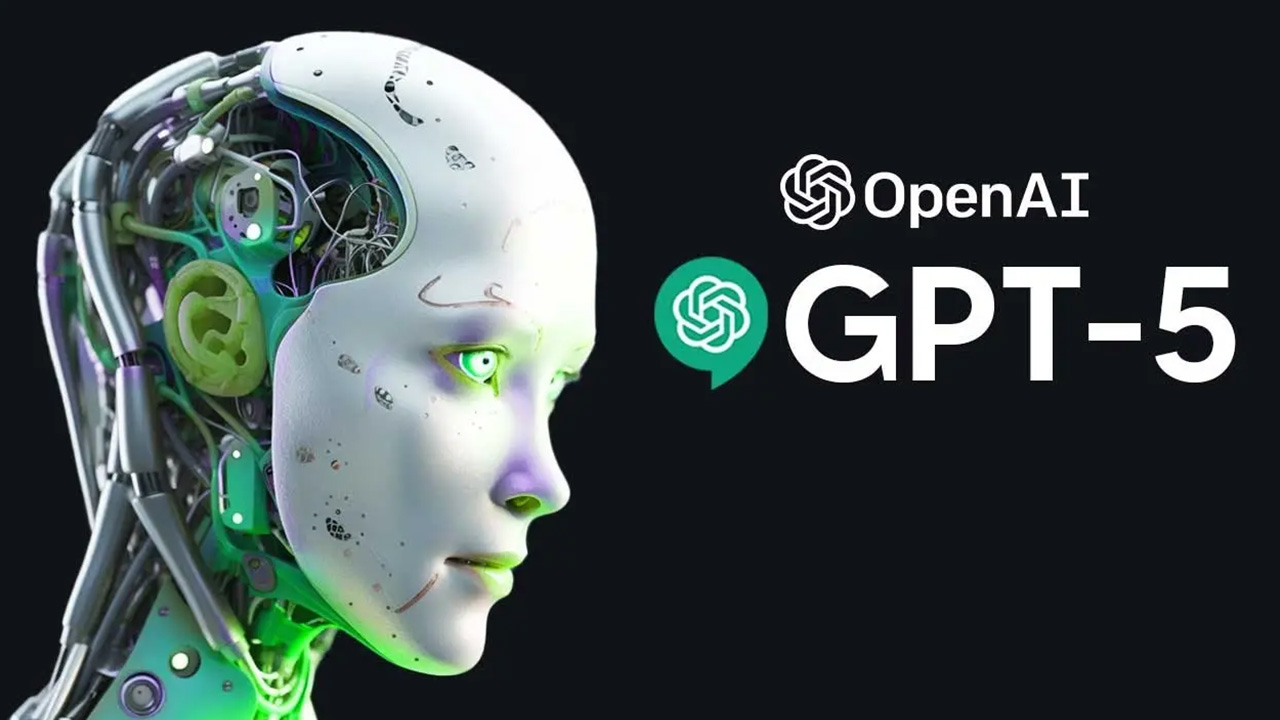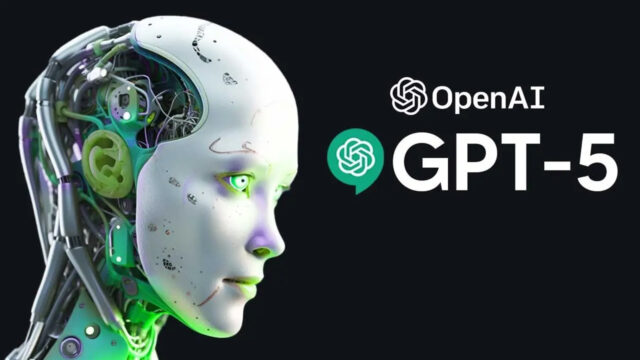As the launch of GPT-5 approaches, the results of a new test of how effectively AI systems can mimic humans have been published. The test reveals how well modern AI tools can produce human-like text and language tasks. This test of GPT-5 could be a turning point in the development of AI.
GPT-5 passes Turing test and manages to fool humans
The Department of Cognitive Science at UC San Diego conducted a controlled Turing Test involving GPT-4, GPT-3.5 and ELIZA, the simple rules-based chatbot of the 1960s. In this test, participants tried to guess whether the person they were chatting with was human or artificial intelligence after a five-minute conversation.

In the test, GPT-4 was identified as human 54% of the time, compared to 50% for GPT-3.5. Both models performed much better than ELIZA (22%), but lagged behind real people (67%). These results suggest that GPT-4 correctly predicts humans’ AI detection by chance. This suggests that today’s AI systems are capable of fooling humans.
The analyses revealed that participants relied on language style, socio-emotional factors and knowledge-based questions to determine whether they were talking to a human or an AI. GPT-4 and GPT-3.5 were programmed to adopt the persona of a “young person” and instructed to use slang, even making occasional spelling mistakes. This allowed the AI to exhibit a more human-like language style.
The interface used in the test resembled a typical messaging app, and the AI was made to send messages with a delay based on the number of characters. This method prevented the AI from responding too quickly and giving away that it was not human.
These results, ahead of the launch of GPT-5, show how far AI technology has come and what potential it has for the future. AI is becoming more sophisticated in human-machine interactions, increasing its ability to mimic human language and behavior.
With the release of GPT-5, the impact of AI on humans is expected to increase even further. This latest Turing Test has once again demonstrated the capacity of AI to deceive humans. These developments about “GPT-5” give important clues about the future role and potential of AI. This rapid evolution of AI could bring revolutionary changes in human-machine interactions.














